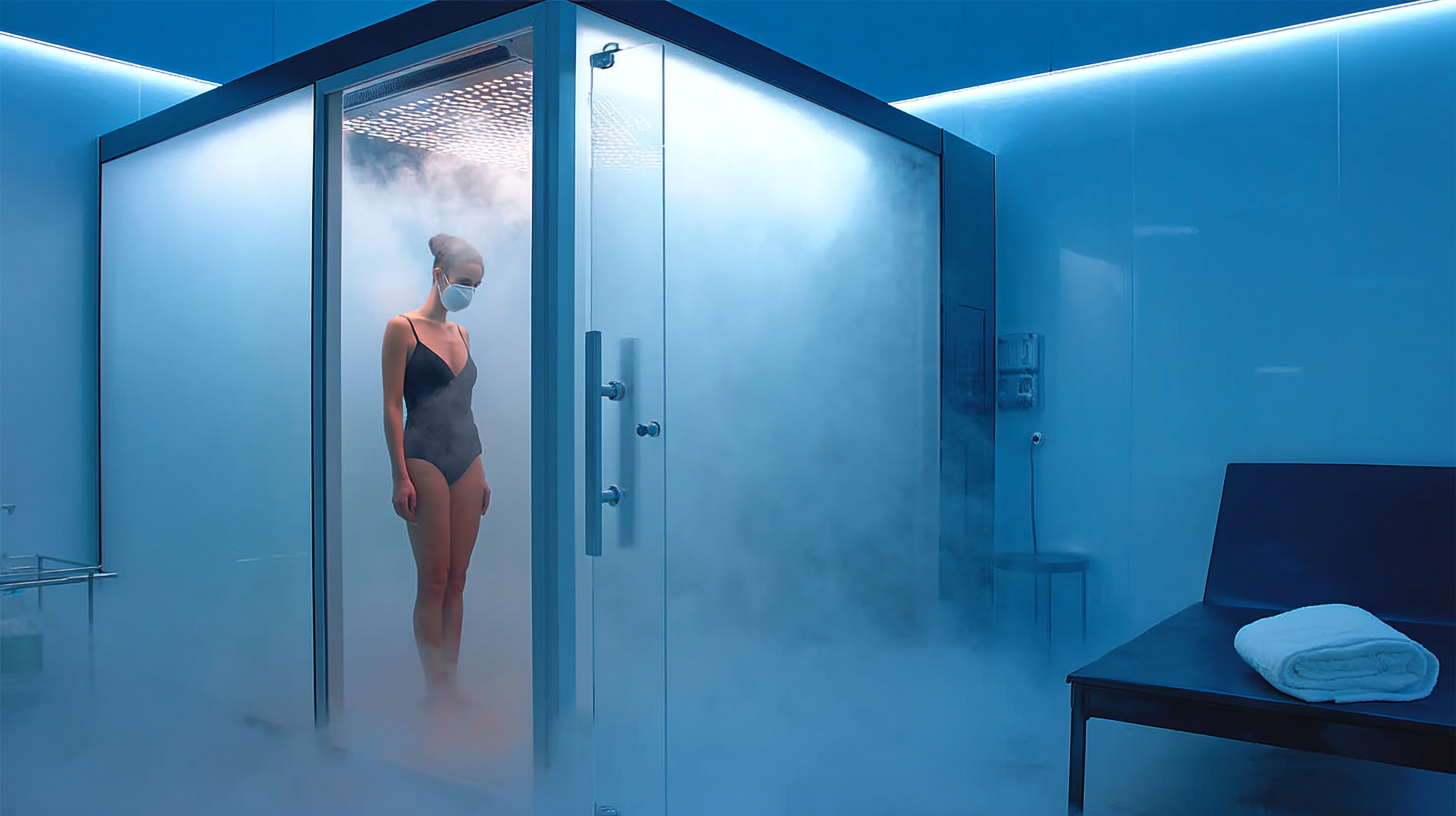New JCCP Guidelines on Buttock Augmentation and Body Contouring
The Joint Council for Cosmetic Practitioners (JCCP) has issued new guidelines aimed at curbing unsafe practices in buttock augmentation, including Brazilian Butt Lift (BBL) procedures. These guidelines, developed in collaboration with the Chartered Institute of Environmental Health (CIEH) and the British Beauty Council, respond to growing concerns about the dangers posed by unqualified practitioners performing these procedures, especially following the tragic death of Alice Webb, the UK's first reported fatality linked to a liquid BBL performed by a non-medic.
The JCCP's guidelines are designed to assist local authorities in shutting down rogue clinics and prosecuting illegal practitioners. The document underscores that buttock augmentation, including the use of fillers and autologous fat transfer, is inherently a surgical procedure. It mandates that only General Medical Council (GMC)-registered doctors with specific training in surgical procedures and experience in BBL should perform these treatments.
Local authorities are advised to use their powers under the Health and Safety at Work Act 1974 to issue prohibition notices against practitioners who lack appropriate qualifications or operate in unsafe environments. The guidelines provide local authorities with a detailed compliance checklist to ensure that practitioners meet safety standards, including the use of sterile techniques and appropriate emergency equipment.
The British Association of Aesthetic Plastic Surgeons (BAAPS) has long campaigned for increased regulation in aesthetic surgery. BAAPS contributed to the JCCP’s report, advocating for stricter controls on BBL procedures. Nora Nugent, President of BAAPS, expressed strong support for the guidelines, stating, “We hope this document will empower local authorities to identify and shut down unsafe practices, ultimately ensuring a safer environment for patients.”
In 2018, BAAPS called for a moratorium on BBL procedures due to their high risk of complications and fatalities, advocating instead for safer alternatives like Superficial Gluteal Lipofilling (SGL). BAAPS also recommends the use of ultrasound guidance for precise fat injection, a measure echoed in the JCCP guidance.
The report identifies serious risks associated with non-surgical buttock augmentation, including pulmonary embolism, sepsis, and lidocaine toxicity, which can be life-threatening if not managed by qualified professionals. It highlights the dangers of unqualified individuals performing invasive procedures in unregulated settings and calls for stringent enforcement to prevent further harm.
Elaine Sassoon, BAAPS Council member and contributor to the report, highlighted the sector's regulatory gaps: “The cosmetic sector faces a lack of regulation for unlicensed medical practitioners, putting people's health at serious risk, particularly with buttock fillers for BBL. While specialist surgeons follow safety guidelines, untrained individuals can inject unsafe bulk-purchased products in unregulated settings. We have a duty of care to ensure the safety of our population.”
The JCCP’s report aligns with ongoing governmental consultations on non-surgical cosmetic licensing, aiming to enforce mandatory qualifications and safety standards for practitioners. As the aesthetic industry continues to grow, this guidance represents a crucial step in protecting public health, marking a shift toward more regulated and safer practices in body contouring.
For those considering buttock augmentation or other body contouring procedures, the new guidelines reinforce the importance of seeking treatment from certified professionals operating within regulated medical environments.
The full guidance can be read here.










